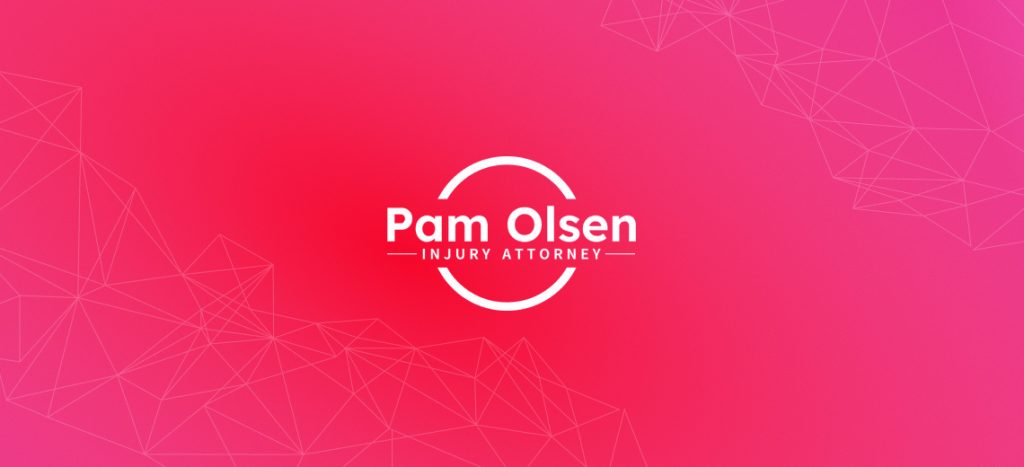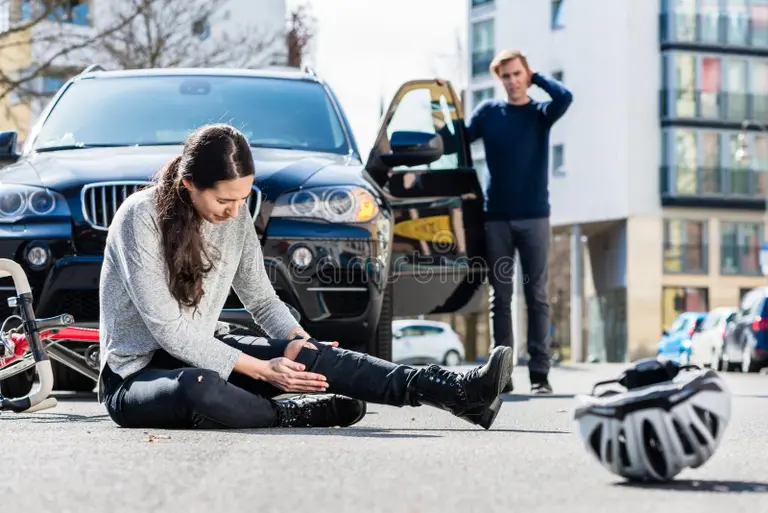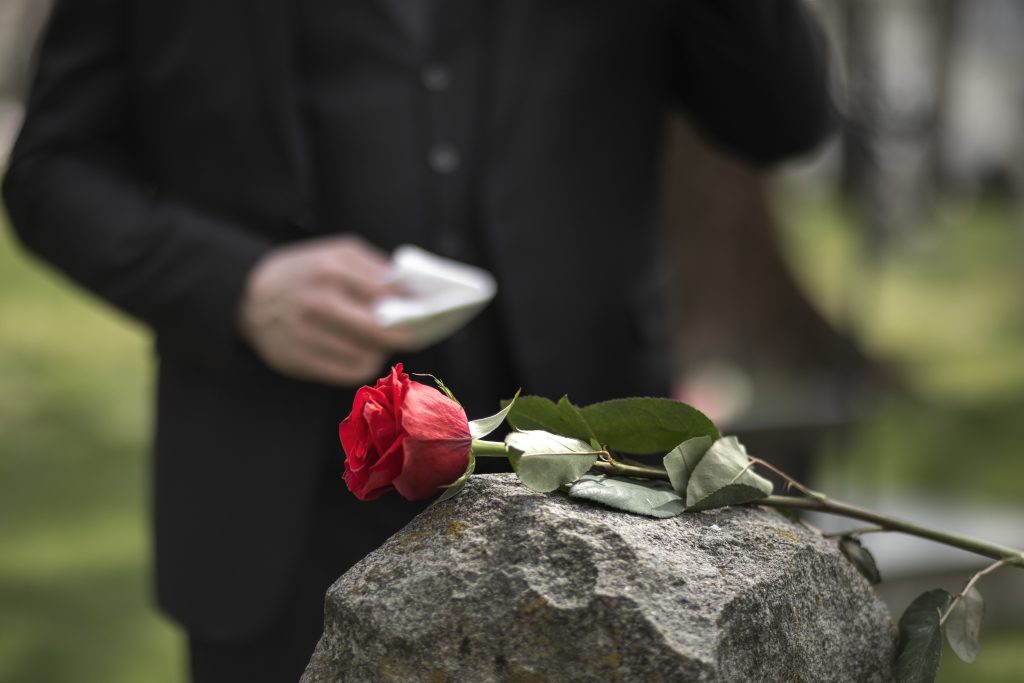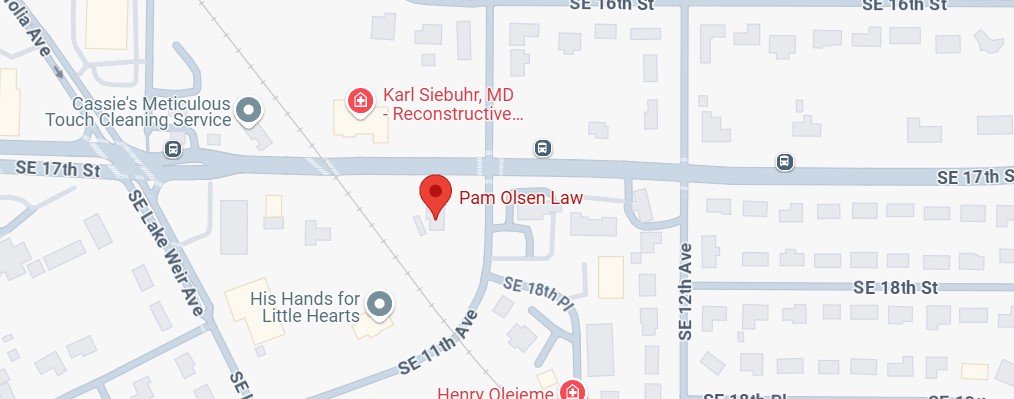Key Takeaways:
- Disproportionate Danger T-bone accidents represent only about 13% of all car crashes but account for 23% of traffic fatalities, making them significantly more deadly than their frequency suggests.
- Minimal Side Protection Vehicle sides offer only 5% protection against impact forces, with just inches between passengers and the car door. Unlike front and rear impacts, cars lack adequate crumple zones on the sides.
- Devastating Impact Forces The physics are brutal – a 5,000lb SUV at 40 MPH generates 41,000 newtons of force versus 24,500 newtons for a 2,900lb sedan. With 40% of Americans driving SUV-sized vehicles, impact forces are increasing.
- Severe Injury Patterns Common injuries include traumatic brain injuries, spinal cord damage potentially leading to paralysis, internal organ damage, and multiple bone fractures. Minor injuries are rare in T-bone collisions.
- Primary Causes Most T-bone accidents result from driver negligence: running red lights or stop signs, failure to yield right-of-way (especially during left turns), distracted driving, speeding, and impaired driving.
- Intersection Danger Zones The majority of T-bone accidents occur at intersections, where vehicles cross paths and right-of-way violations are most common.
- Florida’s Legal Framework Florida’s no-fault insurance provides initial coverage up to $10,000, but serious injuries may allow claims against at-fault drivers. Comparative negligence means you can recover compensation even if partially at fault (unless 51% or more responsible).
- Fault Determination Complexity While fault often seems obvious, it requires thorough investigation including police reports, traffic cameras, witness statements, and sometimes accident reconstruction experts to establish liability.
- Compensation Scope Victims may recover damages for medical expenses, lost wages, pain and suffering, property damage, and future medical care. Punitive damages may apply in cases of reckless behavior like DUI.
- Prevention and Response Key prevention measures include obeying traffic signals, avoiding distractions, and exercising extra caution at intersections. After an accident, seek immediate medical attention, contact police, gather evidence, avoid admitting fault, and consult an experienced attorney promptly.
Between dealing with injuries, insurance companies, and mounting bills, the aftermath of a car accident can feel more traumatic than the crash itself. T-bone accidents, also known as side-impact or broadside collisions, are among the most dangerous types of vehicle crashes you can face. These accidents occur when the front of one vehicle collides with the side of another, forming a “T” shape at the point of impact.
As an experienced personal injury lawyer with over 34 years of practice at Ocala car accident law firm, I’ve seen firsthand how devastating these accidents can be. While T-bone accidents account for about one-third of all car crashes, they are responsible for nearly a quarter of all traffic fatalities. In 2020 alone, 5,475 vehicle occupants died in side-impact crashes—23% of all car-accident fatalities that year
The Alarming Statistics Behind T-Bone Accidents
The numbers surrounding t bone car accidents are sobering. Despite being only 1-in-10 car accidents, t bone collisions cause 1-in-5 vehicular fatalities. In 2020 alone, 5,475 vehicle occupants died in side-impact car accidents—representing 23% of all car-accident fatalities that year.
For those of us living in Ocala, these statistics hit close to home. Ocala had the third-highest rate of fatal car accidents in the country in 2022, according to NHTSA data. Florida consistently ranks among the states with the highest rates of fatal crashes, with nearly 400,000 car accidents reported statewide in 2022
T-Bone Accident Fatality Rates by Year
| Year | Side-Impact Fatalities | Percentage of Total Deaths |
| 2015 | N/A | 25% |
| 2020 | 5,475 | 23% |
| 2024 | N/A | 20-25% |
The Core Reasons for T-Bone Accident Severity
Lack of Vehicle Protection & Direct Impact
Unlike front or rear impacts, vehicle sides offer minimal structural protection. There’s very little distance between you and the car door—often just inches. When another vehicle strikes your car from the side, that force is delivered directly into the passenger cabin, often within a foot of where you’re sitting.
Vehicle sides absorb only 5% of total incoming damage during impact. Cars have crumple zones designed for front and rear impacts, but the sides lack equivalent protection. This means most of the impact force transfers directly to the cabin and passengers, making these accidents particularly dangerous.
Immense Force and Energy Transfer
The physics behind t bone crash impacts are devastating. Impact force equals mass times acceleration, which means larger vehicles create significantly more dangerous collisions. Consider this comparison:
- 5,000lb SUV at 40 MPH: 41,000 newtons of force
- 2,900lb sedan at 40 MPH: 24,500 newtons of force
This 40% difference in force can significantly affect your survival rates. With over 40% of Americans now driving SUV-sized vehicles, this “size-creep” in the auto industry increases impact forces in t bone collisions.
Catastrophic Injuries and Fatalities
T bone accident victims rarely escape with minor injuries. These collisions account for over 20% of traffic fatalities in the United States. The Insurance Institute of Highway Safety (IIHS) reports that side-impact crashes cause 24% of passenger vehicle deaths, with most occurring at intersections.
Common Injuries Sustained in T-Bone Accidents
Traumatic Brain Injuries
Head and brain injuries are among the most serious consequences of side impact collisions. Common outcomes include:
- Concussions from blunt force trauma
- Traumatic brain injuries (TBIs)
- Skull fractures
- Brain bleeds from the head hitting the steering wheel, dashboard, or windshield
High-speed impacts can cause your brain to be jolted or bumped inside your skull, leading to life-threatening TBI.
Spinal Cord Damage and Neck Injuries
The sudden impact of a t bone collision often results in severe spinal injuries:
- Whiplash: Neck sprain or strain from sudden neck jerking
- Herniated discs: Damage to the cushioning between vertebrae
- Spinal cord damage: Potentially leading to paralysis
- Cervical fractures: Broken bones in the neck region
Internal Injuries and Organ Damage
The force of a broadside collision can cause significant internal bleeding and organ damage:
- Lacerated liver or kidneys
- Punctured lungs from broken ribs
- Internal bruising from seatbelt tightening
- Damage to the spleen or other vital organs
Bone Fractures
Common fractures in t bone accidents include:
- Ribs and chest bones
- Arms and legs
- Pelvis and hips
- Skull fractures
- Clavicle breaks
Most Common Causes of T-Bone Accidents
Driver Error and Negligence
Failure to Yield: Drivers who fail to yield the right of way at intersections are a primary cause. This includes drivers turning left who fail to yield to oncoming traffic.
Running Red Lights or Stop Signs: Ignoring traffic signals is a leading cause of intersection accidents in Ocala and throughout Florida.
Distracted Driving: Activities such as using a phone, eating, or adjusting the radio can cause drivers to miss critical traffic signals. Distracted driving is the primary cause of accidents statewide in Florida.
Speeding: Exceeding speed limits increases the force of impact and reduces reaction time, making t bone crashes more dangerous and difficult to avoid.
Impaired/Drunk Driving: Alcohol and drugs impair a driver’s reaction time, attention, motor skills, and judgment, often leading to deadly accidents.
Environmental and Vehicle Factors
Poor weather conditions, including rain, fog, or snow, can reduce visibility and road traction. Vehicle malfunctions such as faulty brakes or tires can also contribute to these types of accidents.
Determining Fault in T-Bone Accidents
Determining liability in side impact accidents is crucial for your compensation. While fault is often clear—such as when a driver runs a red light or fails to yield—it can sometimes be disputed. Key evidence includes:
- Police reports
- Traffic camera footage
- Eyewitness statements
- Accident reconstruction experts’ analysis
- Physical evidence at the scene
Remember, you cannot determine fault solely from vehicle positions. It requires thorough investigation and professional analysis.
Florida’s Unique Laws Affecting T-Bone Accident Cases
No-Fault Insurance Law
Florida is a no-fault state, meaning your own Personal Injury Protection (PIP) insurance covers initial medical expenses regardless of fault, up to $10,000. However, for serious injuries that exceed PIP limits, you may be able to file a claim against the at-fault driver.
Comparative Negligence
Florida follows comparative negligence, meaning you can recover compensation even if partially at fault. However, if you’re 51% or more responsible, you’re barred from recovery under Florida law.
Compensation for T-Bone Accident Victims
If you’ve been injured in a t bone accident, you may be eligible for compensation covering:
- Current and future medical expenses
- Lost income and wages
- Pain and suffering
- Property damage
- Loss of enjoyment of life
- Medical bills and ongoing medical care
In cases involving reckless behavior like DUI, punitive damages may also be awarded.
The Role of an Experienced Car Accident Attorney
An experienced personal injury lawyer can help you navigate the complex legal process. We can:
- Investigate the accident thoroughly
- Determine liability and fault
- Negotiate with insurance companies
- Fight for fair compensation
- Ensure all medical issues are documented
- File claims before deadlines
Many attorneys, including myself and others at our Ocala personal injury law firm, operate on a contingency fee basis, meaning no upfront fees and we only collect if we win or settle your case.
Prevention and Safety Measures
While accidents happen, you can reduce your risk by:
- Always obeying traffic signals and stop signs
- Avoiding distractions while driving
- Maintaining extra caution at intersections
- Ensuring your vehicle is properly maintained
- Being especially careful during high-risk periods like summer months and holidays
Seeking Help After a T-Bone Collision
If you or a loved one has been involved in a t bone accident, remember these crucial steps:
- Seek immediate medical attention – even if injuries seem minor
- Contact police to create an official report
- Gather evidence including photos and witness information
- Avoid admitting fault at the scene
- Consult with an experienced attorney as soon as possible
The most dangerous types of accidents require the most experienced legal representation. Don’t let insurance companies minimize your claim or rush you into an unfair settlement.
Conclusion
T-bone accidents represent one of the most dangerous types of vehicle crashes due to limited side protection, immense impact forces, and the high likelihood of severe injuries. With Ocala ranking among the higher-risk cities for car crashes, understanding these dangers is crucial for every driver in our community.
If you’ve been injured in a side-impact collision, you don’t have to face the aftermath alone. With 34 years of experience handling these complex cases, I’m here to guide you through every step of the legal process. Remember, you can love your lawyer and love your results.
We’re here for you 24 hours a day, seven days a week. Don’t let another day pass without getting the justice and compensation you deserve. Contact us today for your free case evaluation, and let’s start your journey toward recovery together.
Frequently Asked Questions About T-Bone Accidents
Is T-bone the worst accident?
T-bone accidents are among the most dangerous types of vehicle crashes, but they’re not necessarily the “worst.” While side impact collisions cause 23% of all traffic fatalities despite being only 13% of accidents, head-on collisions can be equally deadly. The severity depends on factors like speed, vehicle size, and safety features. What makes t bone accidents particularly dangerous is the limited side protection vehicles offer compared to front or rear impacts.
What is the most settlement on a T-bone car accident?
T-bone accident settlements vary widely based on the severity of injuries and circumstances. While I can’t discuss specific settlement amounts, t bone accident victims with traumatic brain injuries, spinal cord damage, or other life-altering injuries may recover significant compensation. Factors affecting settlement include medical expenses, lost income, pain and suffering, and future medical care needs. An experienced car accident attorney can help maximize your recovery.
Who is at fault in a T-bone collision?
Determining fault in side impact accidents typically involves identifying right-of-way violations. Common scenarios include drivers running red lights, failing to yield when turning left, or ignoring stop signs. Police reports, traffic camera footage, and eyewitness statements help establish liability. However, fault can sometimes be disputed, requiring accident reconstruction experts to analyze the evidence. Florida’s comparative negligence law means you can still recover compensation even if partially at fault.
What happens to your body when you are t-boned?
When you’re t-boned, your body experiences sudden lateral force that can cause severe injuries. Common injuries sustained include whiplash from rapid head movement, traumatic brain injuries from skull impact, internal bleeding from organ damage, and bone fractures throughout the body. The force can cause spinal injuries, including potential paralysis. Unlike rear-end collisions, side impacts offer less protection, making internal injuries and brain injuries more likely. Even with side airbags, the proximity to the impact point makes these accidents particularly dangerous.
 CALL US NOW
CALL US NOW




